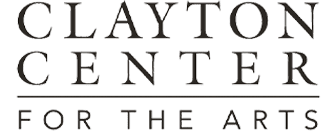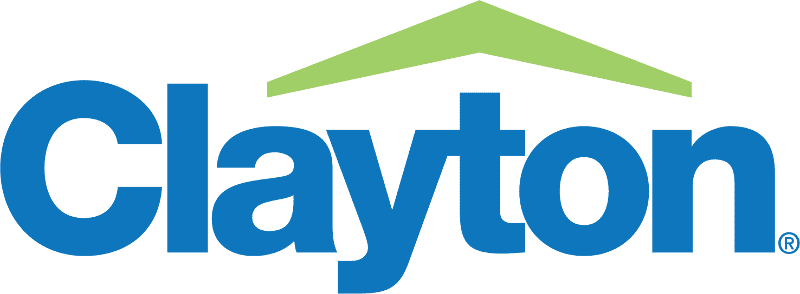Americans for the Arts partnered with 250 local, regional, and statewide organizations that represent the 341 study regions 30 partners included multiple study regions as part of their participation. To complete this customized analysis for the Greater Knoxville Region, the Arts & Culture Alliance of Greater Knoxville joined the study as one of the 250 partners. For the
purpose of this study, the Greater Knoxville Region is defined as Anderson, Blount, and Knox Counties a multi-county region.
The Clayton Center for the Arts is proud to be included in this study. Some of the findings are as follows:
-
Nonprofit Arts and Cultural Event Attendees Spend an Average of $59.59 Per Person (excluding the cost of admission)
-
Revenue Generated to Local Government = $8,398,000
-
Event-Related Spending by Arts and Cultural Audiences Totaled $97.8 million (excluding the cost of admission)There are three key reasons that the Arts & Economic Prosperity series focuses solely on the nonprofit arts and culture sector.
(1) The findings dispel the myth that the nonprofit arts and culture sector is an economic “black hole” and provide proof that when people, corporations, foundations, and governments support the nonprofit arts, they are also supporting economic and community development;
(2) Because nonprofit arts associations are often the recipient of public funding, the availability of valid and accurate economic impact data about the sector is critical; and
(3) The information necessary to complete an economic impact study is more easily obtained from the nonprofit sector than from the for-profit sector since nonprofit sector data is treated as public information and available through IRS Form 990 filings.
The arts are essential to the health and vitality of neighborhoods, cities, states and our nation. They enhance community development, create jobs, spur urban renewal, attract new businesses, draw tourism dollars, and create an environment that attracts skilled and educated workers.For more information on this important study, visit Americans for the Arts















